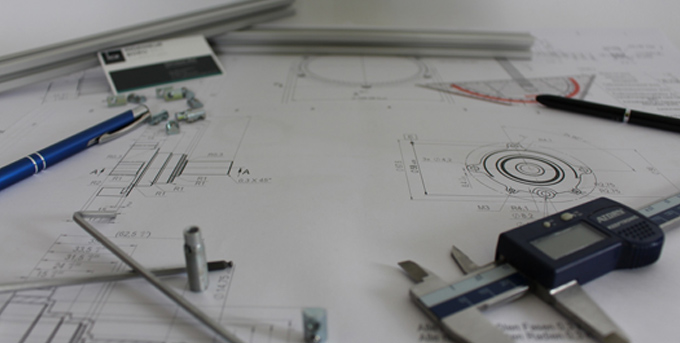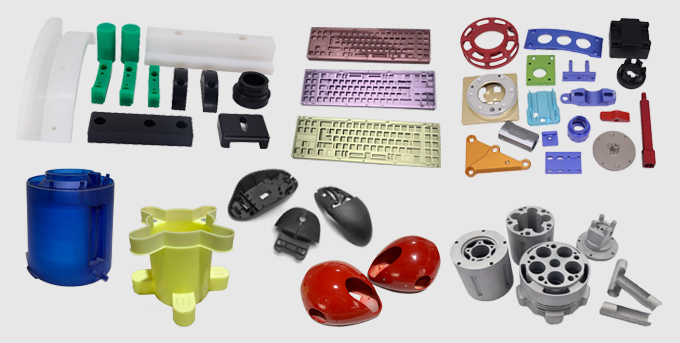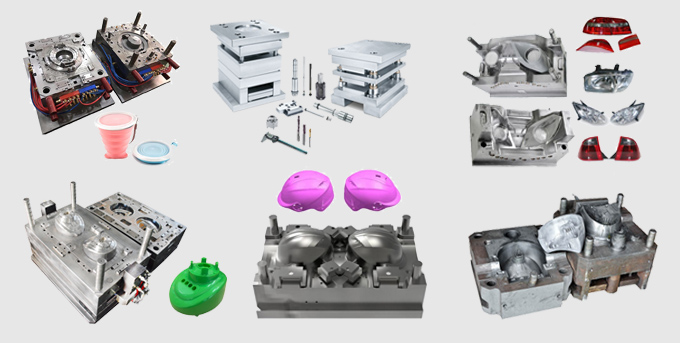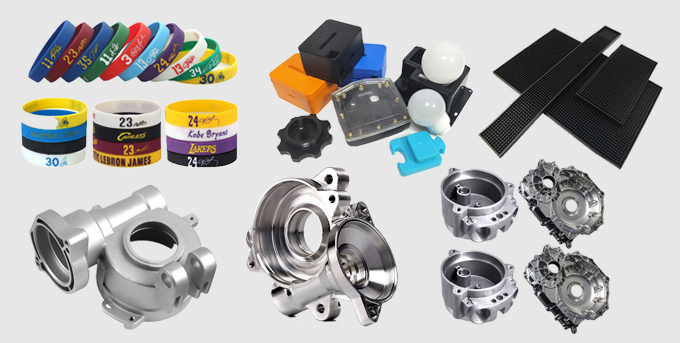


Plastic parts machining refers to the process of shaping, cutting, and finishing plastic materials to create different types of plastic products. This is a crucial process in the manufacturing industry as it produces high-quality plastic parts that are used in various applications, such as automotive, electrical and electronics, medical, and consumer goods.
In this article, Xiamen Wiesel Technology Co., Ltd. will discuss the product technology attributes of plastic part machining that make it a crucial process in the manufacturing industry.
1. Precision and Accuracy:
One of the key attributes of plastic part machining is its precision and accuracy. With the help of advanced CNC (Computer Numerical Control) machines, plastic parts can be machined to extremely tight tolerances, ensuring consistent and precise dimensions for each part produced. This level of precision is essential in creating plastic parts that need to fit perfectly with other components in complex assemblies.
2. Versatility:
Plastic part machining can produce a wide range of complex shapes and sizes, making it a versatile process. With the use of different cutting tools and techniques, plastic parts can be machined to meet various design requirements. This versatility allows manufacturers to create custom plastic parts that are tailored specifically to their products, resulting in better quality and functionality.
3. Wide Range of Materials:
Another important attribute of plastic part machining is its ability to work with a wide range of plastic materials. Some of the commonly used plastic materials in machining include ABS, PVC, acrylic, nylon, and polystyrene. Each of these materials has its own unique properties, making them suitable for different applications. Plastic part machining allows for the use of these different materials, providing manufacturers with the flexibility to choose the most appropriate material for their product.
4. Cost-Effective:
Plastic part machining is a cost-effective manufacturing process compared to other methods, such as injection molding. Machining eliminates the need for expensive molds, making it an ideal option for low-volume production or prototyping. Additionally, the use of advanced CNC machines also reduces labor costs, as the process is automated, thus increasing efficiency and reducing production time.
5. High-quality Surface Finish:
The use of CNC machines in plastic part machining enables manufacturers to achieve a high-quality surface finish on the final product. This is crucial for parts that require a smooth and polished surface, such as those used in consumer goods. The machines can also produce intricate surface textures, providing designers with the freedom to create unique and visually appealing products.
6. Consistency and Repeatability:
Plastic part machining ensures consistency and repeatability in the production of plastic parts. With CNC machines, every part produced is identical, eliminating variations and defects. This is important for maintaining high product quality and meeting strict industry standards. It also makes it easier to produce large quantities of plastic parts with the same level of precision and accuracy.
7. Prototyping:
Prototyping is an essential part of the product development process, and plastic part machining plays a crucial role in this stage. It allows for the quick and cost-effective production of prototypes, which can then be tested for functionality, durability, and aesthetics. If any changes need to be made, they can easily be incorporated into the design without the need to produce new molds, as in the case of injection molding.
8. Quick Turnaround:
Plastic part machining offers a quick turnaround compared to other manufacturing processes. With CNC machines, parts can be produced in a matter of hours, depending on the complexity and size. This is beneficial for companies that need to meet tight deadlines or respond quickly to changes in customer demands.
plastic part machining offers several product technology attributes that make it a crucial process in the manufacturing industry. Its precision, versatility, wide range of materials, cost-effectiveness, high-quality surface finish, consistency, and repeatability make it an ideal manufacturing option for a wide range of applications. Additionally, its role in prototyping and quick turnaround makes it an essential process for product development and meeting tight deadlines. 
plastic part machining--An Ultimate FAQ Guide:
What materials can be used in plastic part machining?
Various types of plastic materials can be used, such as ABS, PVC, nylon, acrylic, polycarbonate, and polyethylene.
What is the tolerance range that can be achieved in plastic part machining?
The tolerance range can range from +/- 0.001 inches to +/- 0.005 inches, depending on the complexity of the part and the capabilities of the machine.
What types of finishes can be achieved in plastic part machining?
Depending on the material and desired finish, plastic parts can be machined to have a smooth, matte, or glossy finish. Surface treatments such as sanding, polishing, and painting can also be applied.
What is the maximum size of plastic parts that can be machined?
The maximum size of plastic parts that can be machined depends on the size of the machine and its capabilities, but typically it can range from small, intricate parts to large, complex parts.
Can internal threads be machined in plastic parts?
Yes, internal threads can be machined in plastic parts using techniques such as tapping or thread milling.
How do the machining properties of plastic differ from those of metal?
Plastic is a softer material than metal, so it can be machined at higher speeds with less force. It also tends to have less heat resistance, so special cooling techniques may be needed during machining.
Can plastic parts be machined to have tight corners and edges?
Yes, tight corners and edges can be machined in plastic parts, but they may require additional finishing processes to remove any sharp edges.
What is the advantage of using plastic part machining over other manufacturing methods?
Plastic part machining offers high precision, tight tolerances, and the ability to produce complex shapes and features that may not be possible with other methods. It also allows for quick and efficient production of custom parts.
Are there any limitations to the design of plastic parts that can be machined?
The design of plastic parts may be limited by the capabilities of the machine and the chosen material. Some features, such as undercuts, may require additional machining processes or secondary operations.
Can plastic part machining be used for both prototyping and production?
Yes, plastic part machining can be used for both prototyping and production. It offers the flexibility to produce small quantities for prototyping or larger quantities for production runs.